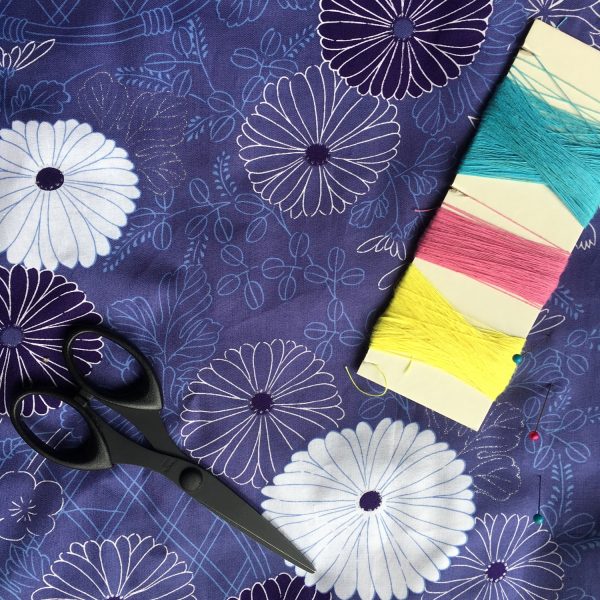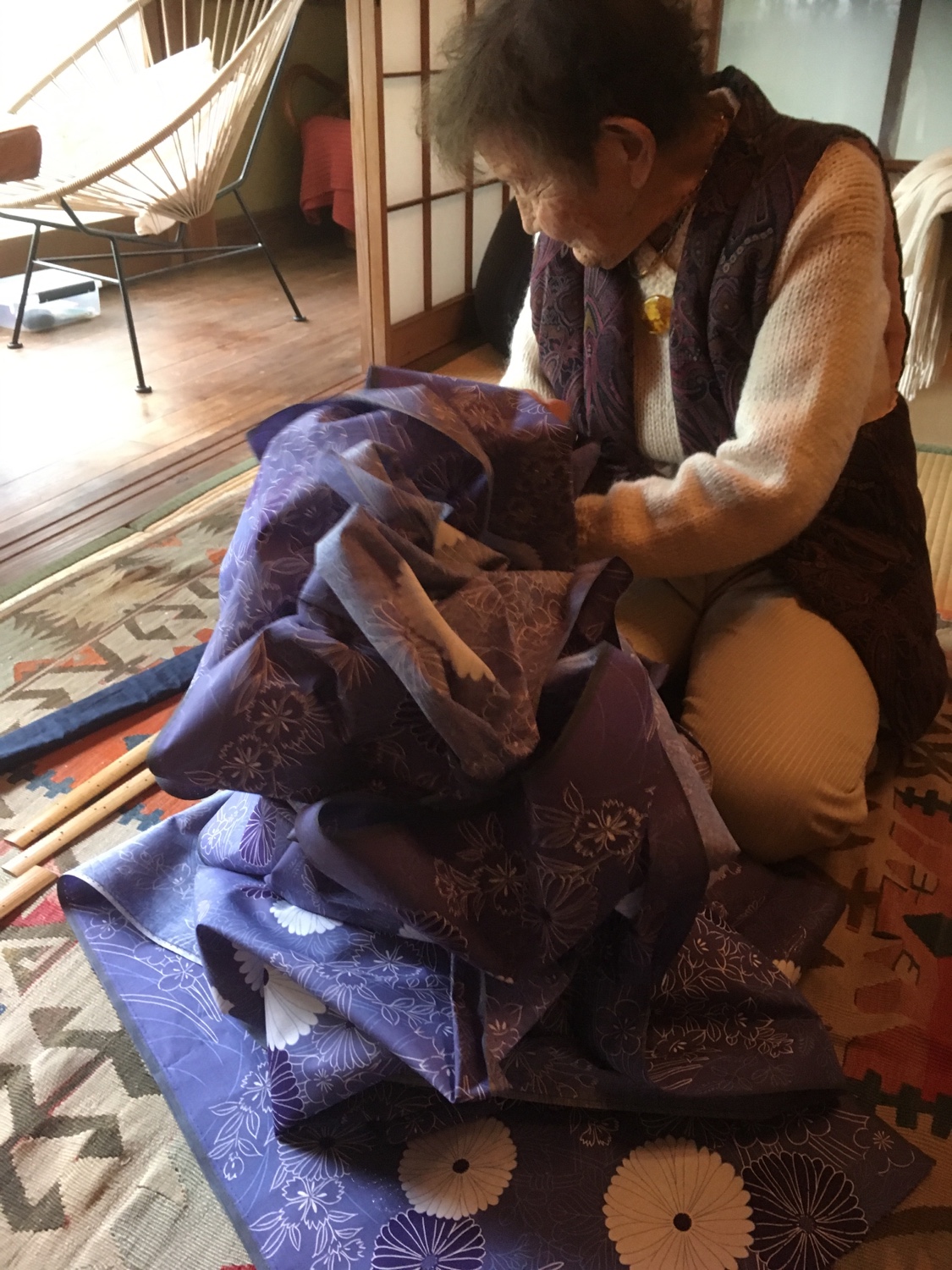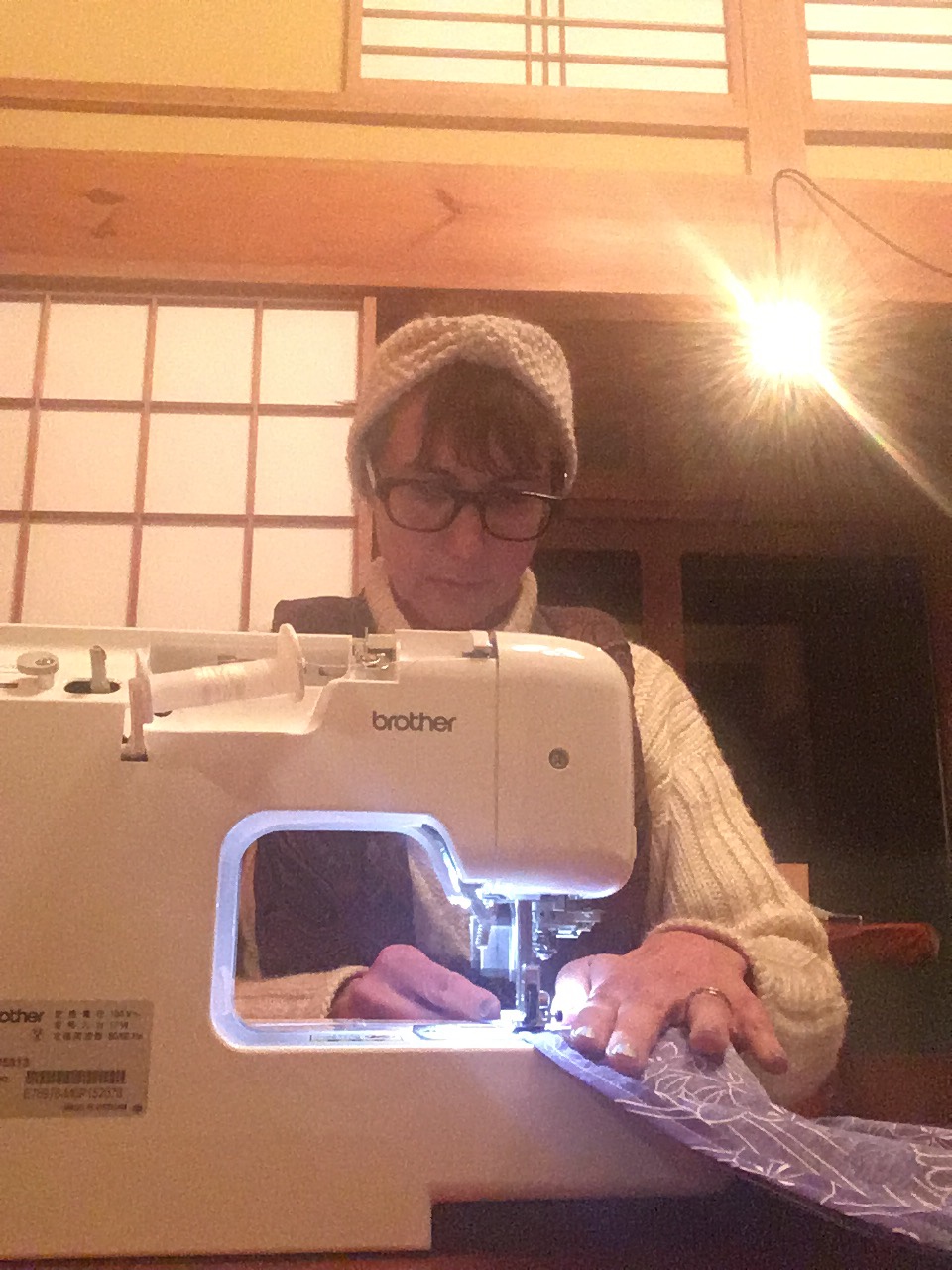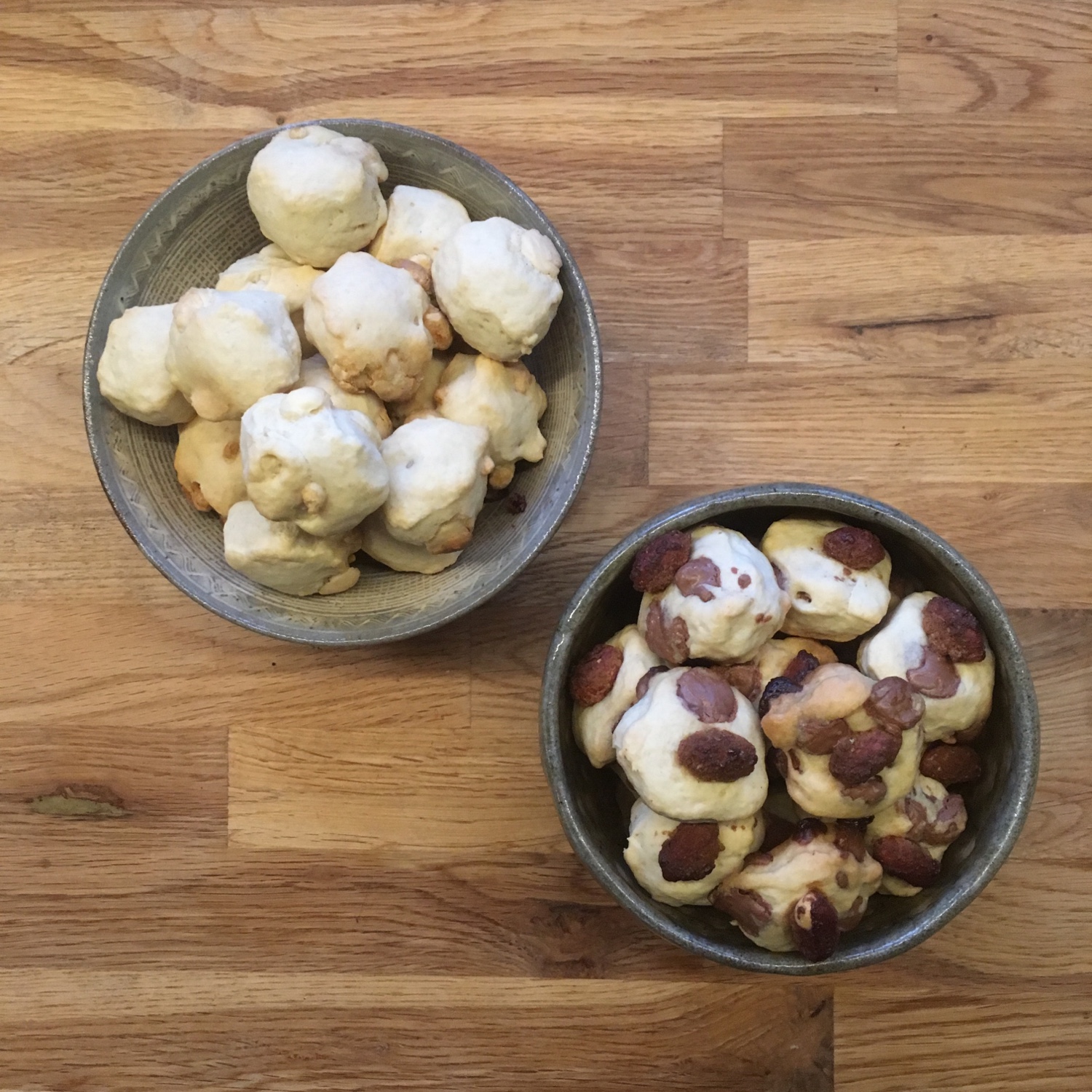When the season for persimmons comes it means that autumn is clearly here and with shorter days, the chilly evenings will be coming soon. And here they are. Not cold enough to tuen the heater on yet, but it’s coming.
While we are not big fans of raw persimmons, like pretty much everyone in Chiba Sotoboso, we have persimmon trees in our garden, two that give sweet persimmons and one that gives bitter ones. Persimmons are like plums in June, impossible to give away!!! Most people don’t even harvest them and their leave-less branches are decorated with beautiful orange fruits. I our gardens the fruits don’t last long as birds happily eat them and that is great. Still I always harvest a few fruits for us as there is one recipe that is my total preferred way of eating persimmons: tofu ae with cucumber.
So here it is:
Persimmon, cucumber and tofu ae:
– 1 persimmon not too soft
– 1 Japanese cucumber
– 1 small block of drained tofu
– 2tbs of sesame seeds
– a bit of salt
Peel and dice the persimmon, slice the cucumber. Grind the sesame seeds, drain very well the tofu* and mix with the salt. Add the persimmon and the cucumber. Stir well and it is ready to serve.
Oh! By the way, I’m testing new mini videos to explain the recipe… checkout below and on IG!!!
* draining tofu is crucial to obtain the perfect creamy consistency. To drain tofu (hard or soft) first press it gently between two boards with a weight on top. Gravity will make it work perfectly for you after 1h. Then in a clean cloth with thin weaving press the tofu to remove the water has shown in the third video below.
http://gentianeetantoine.com/igk/wp-content/uploads/2019/11/video.mov
http://gentianeetantoine.com/igk/wp-content/uploads/2019/11/video-1.mov
http://gentianeetantoine.com/igk/wp-content/uploads/2019/11/video-2.mov
http://gentianeetantoine.com/igk/wp-content/uploads/2019/11/video-3.mov
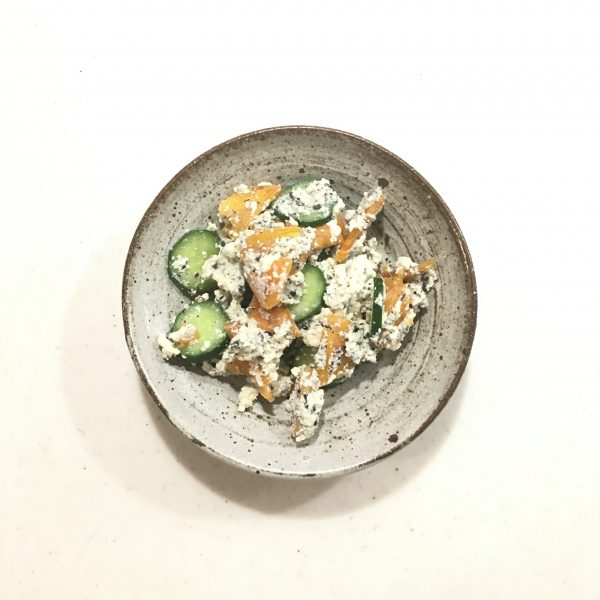
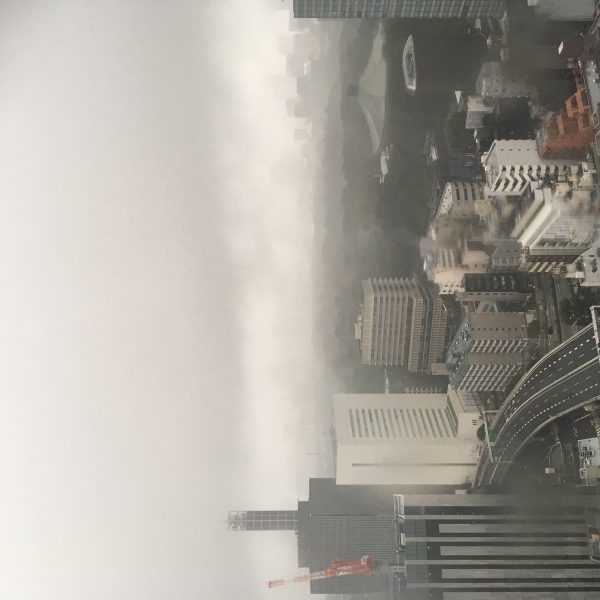
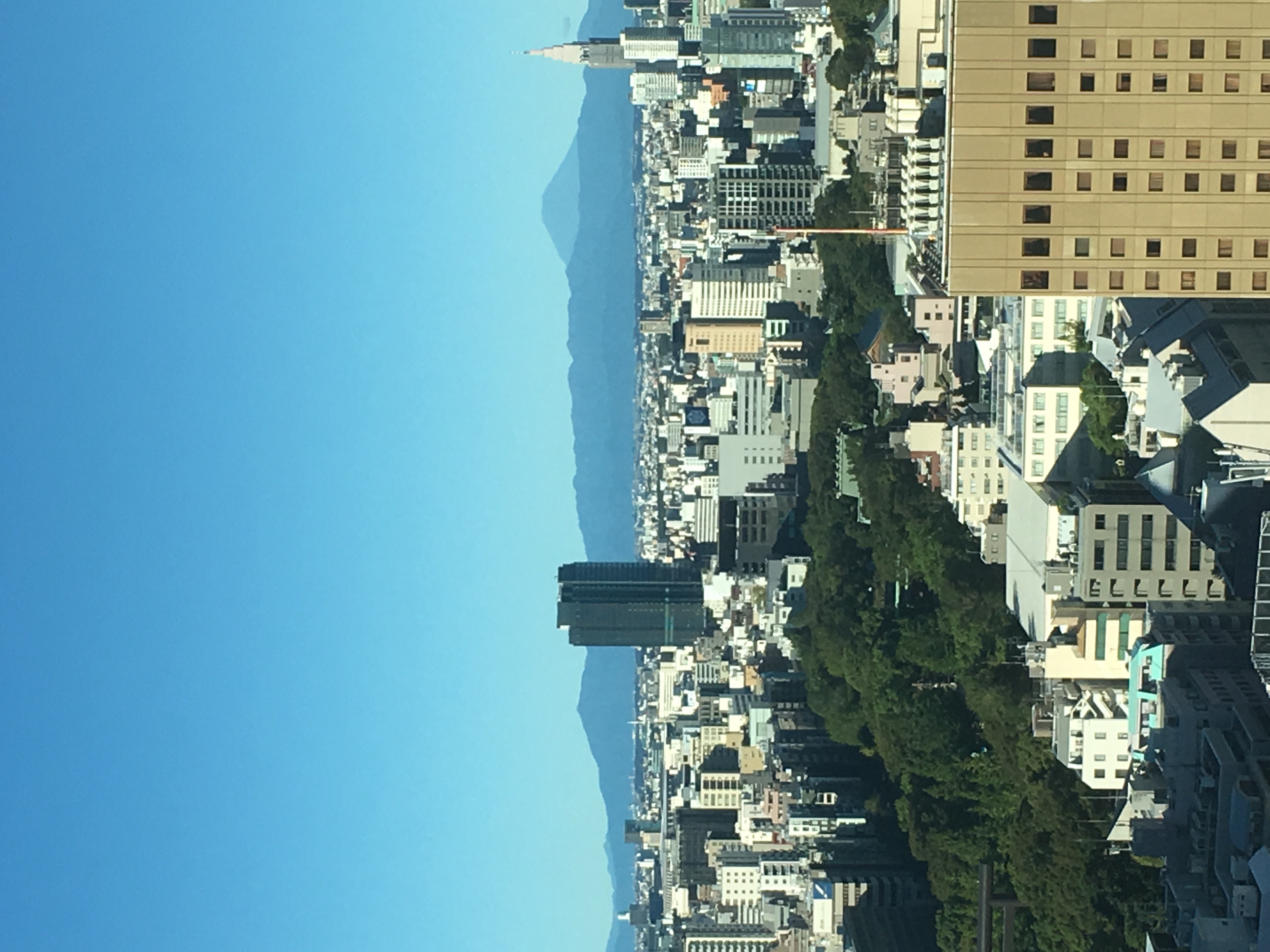
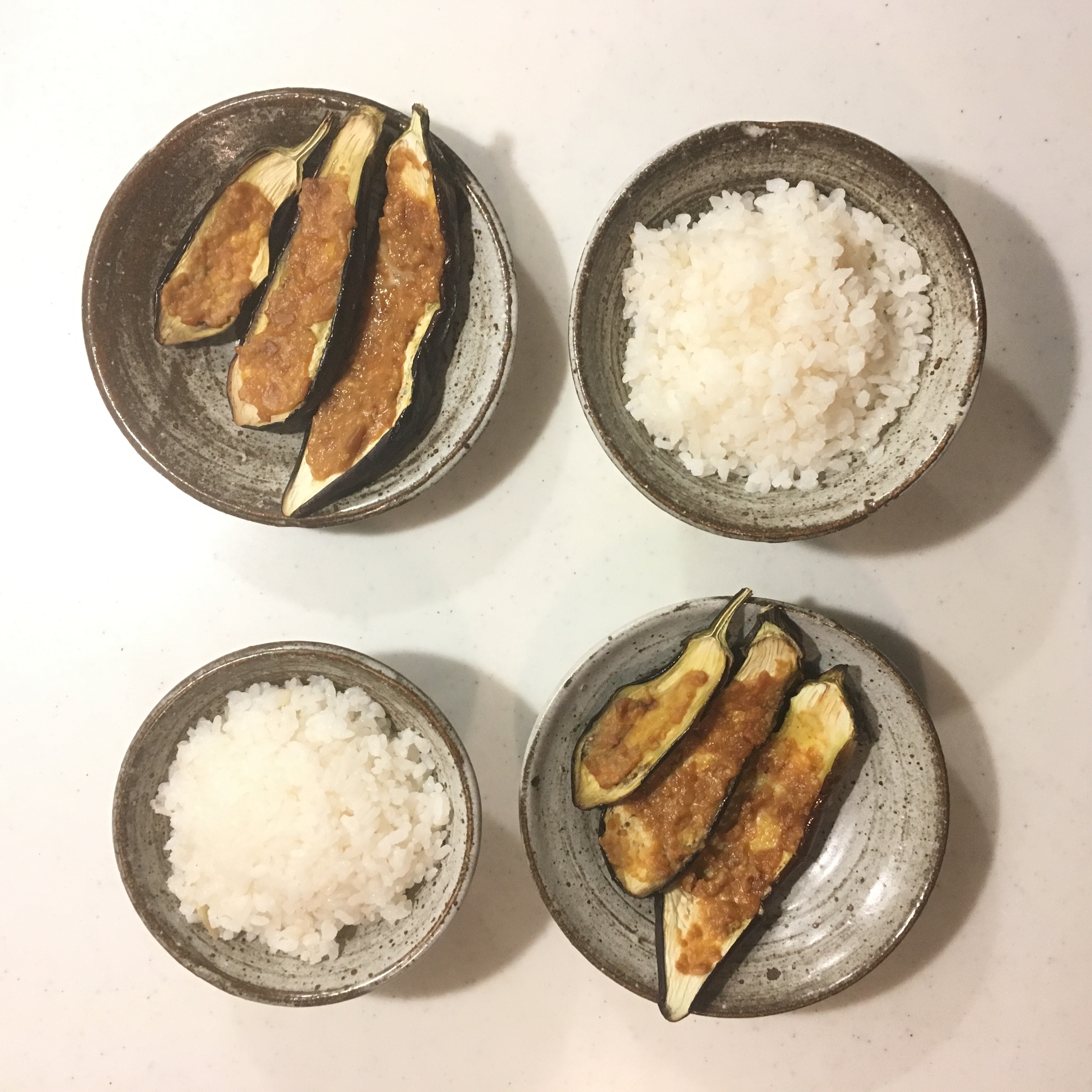
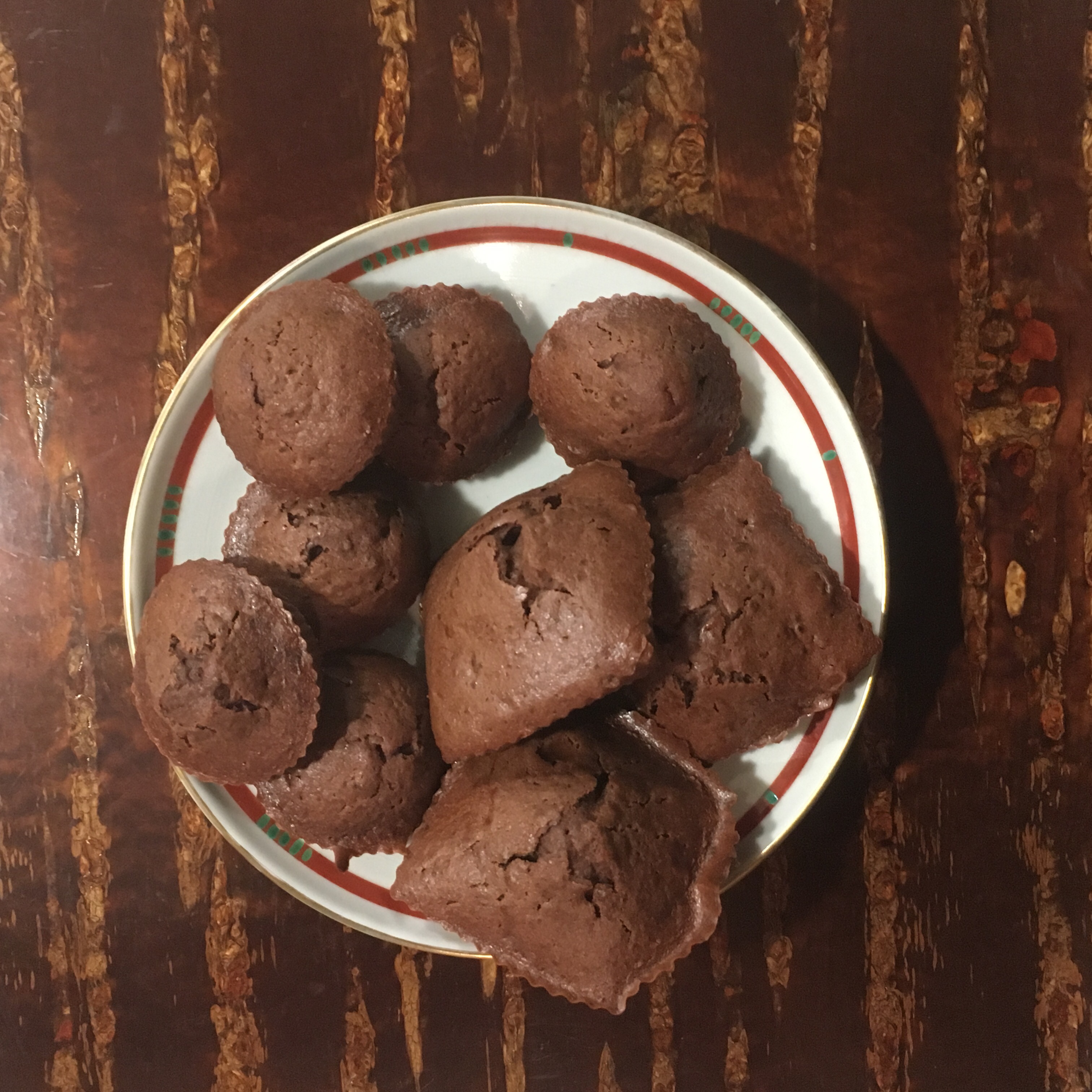
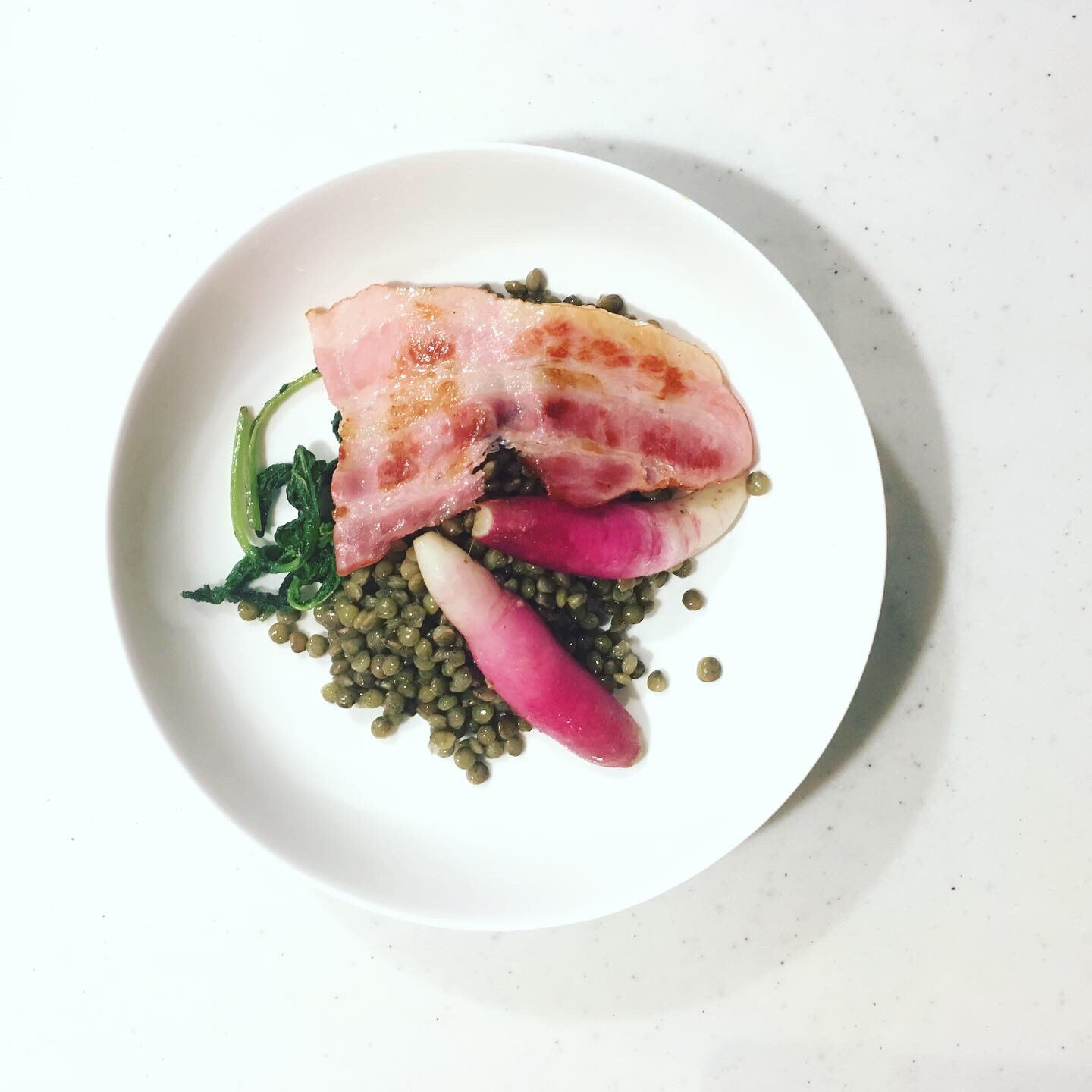
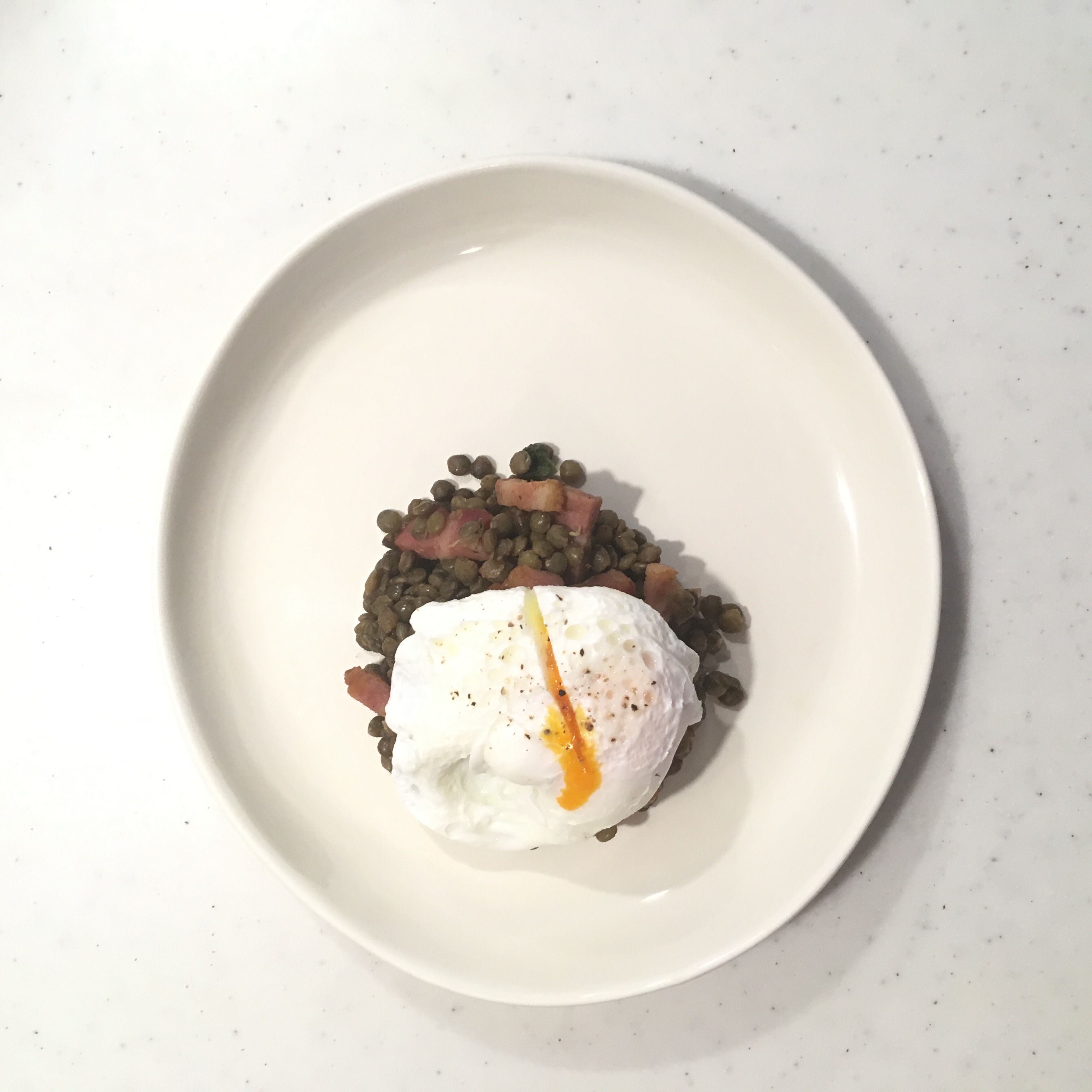
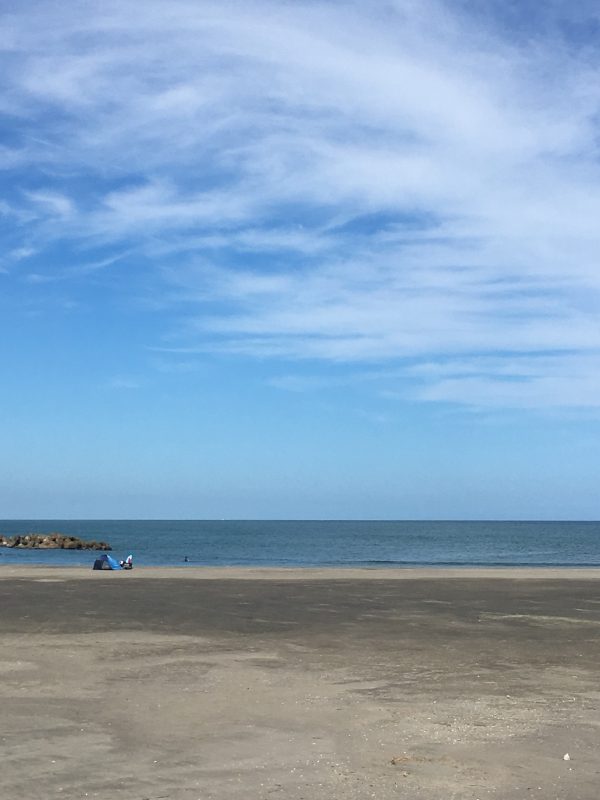




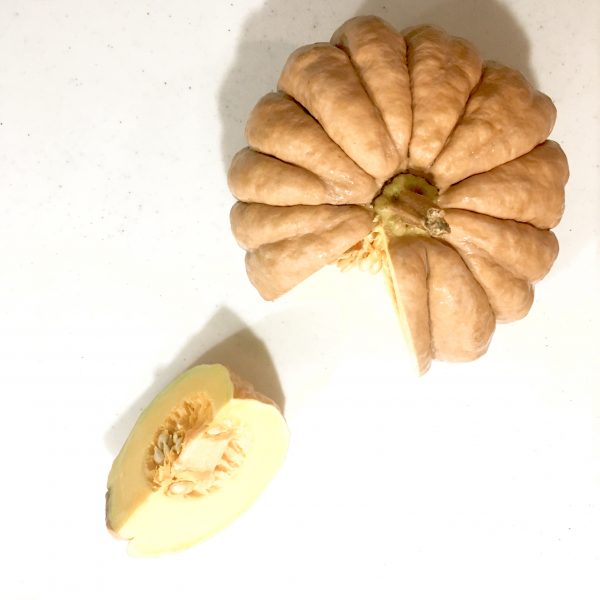
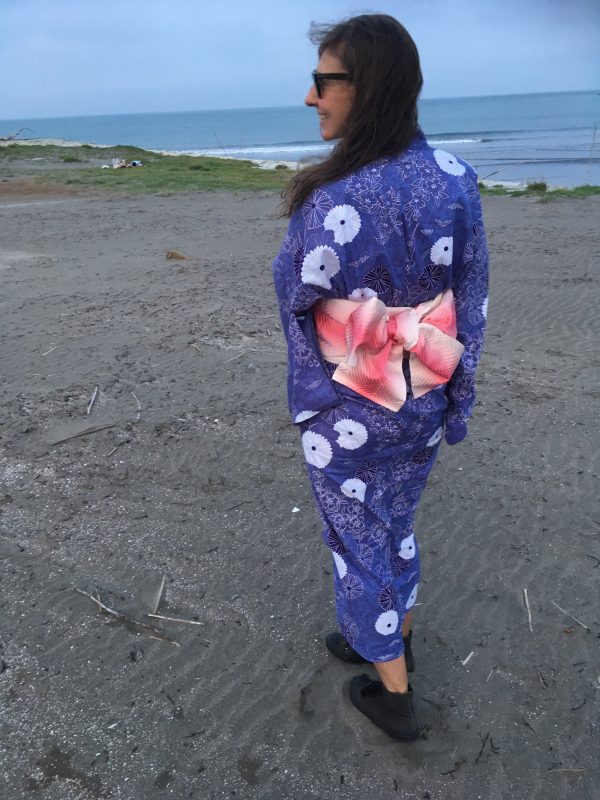


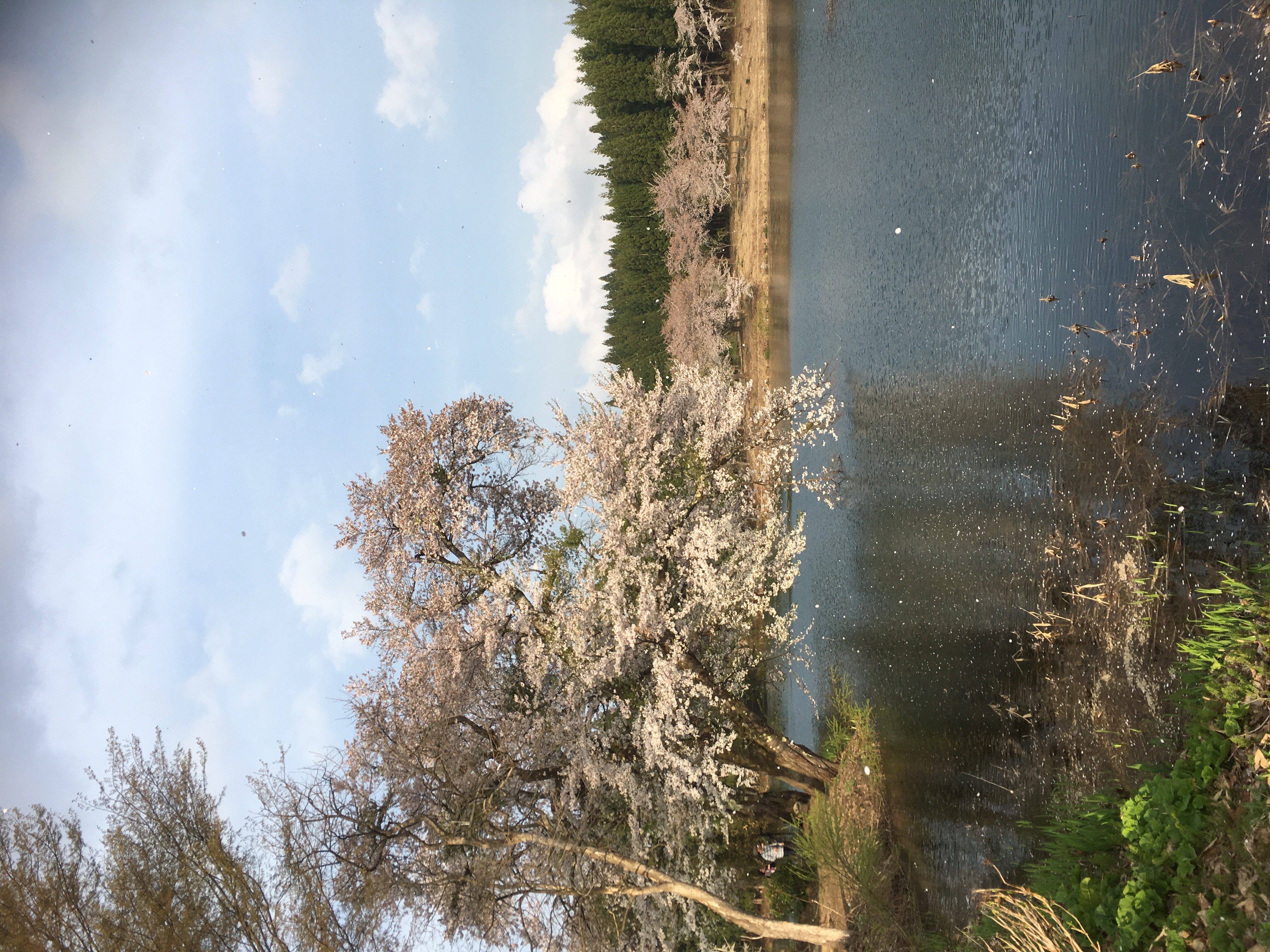
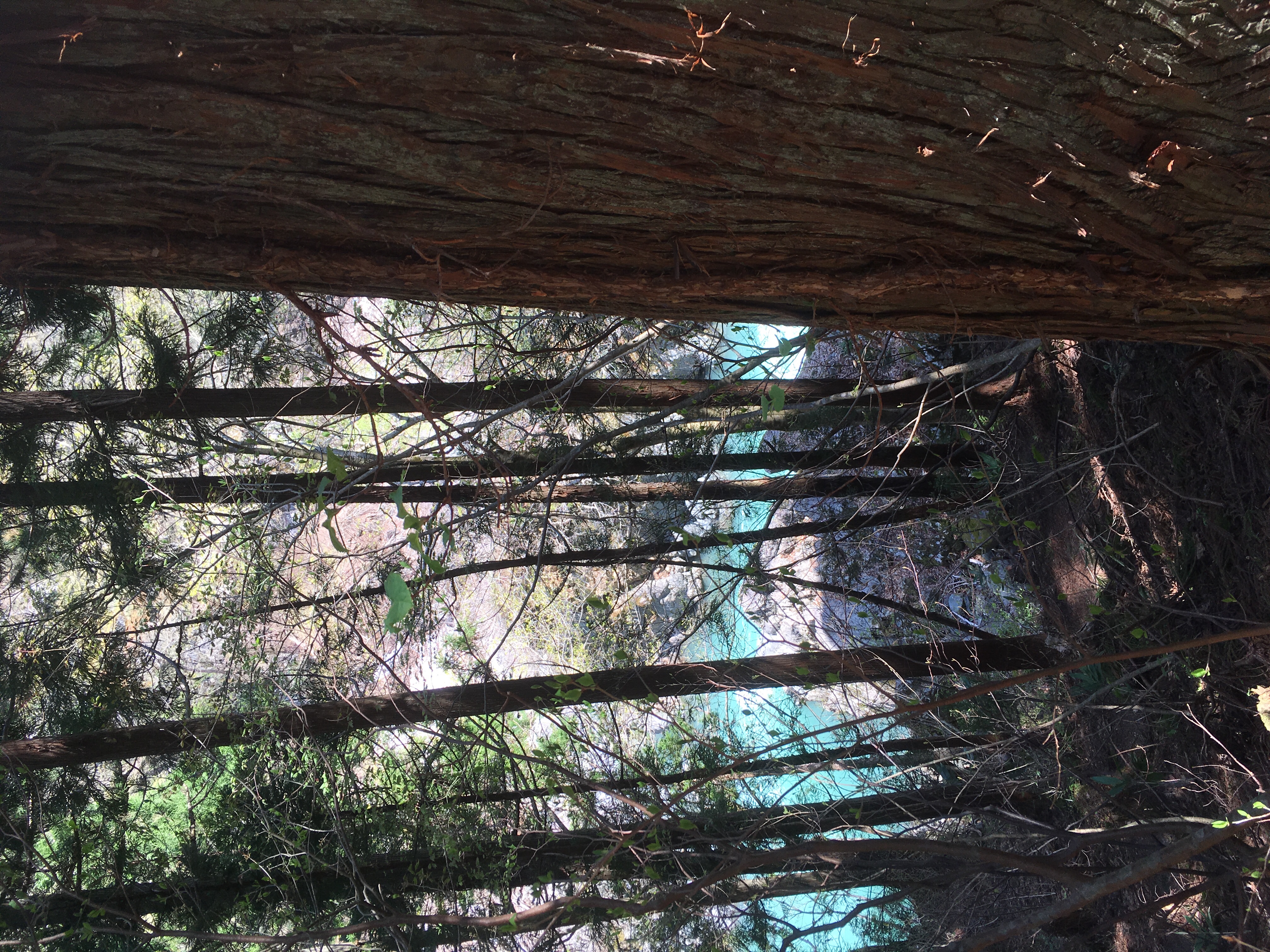
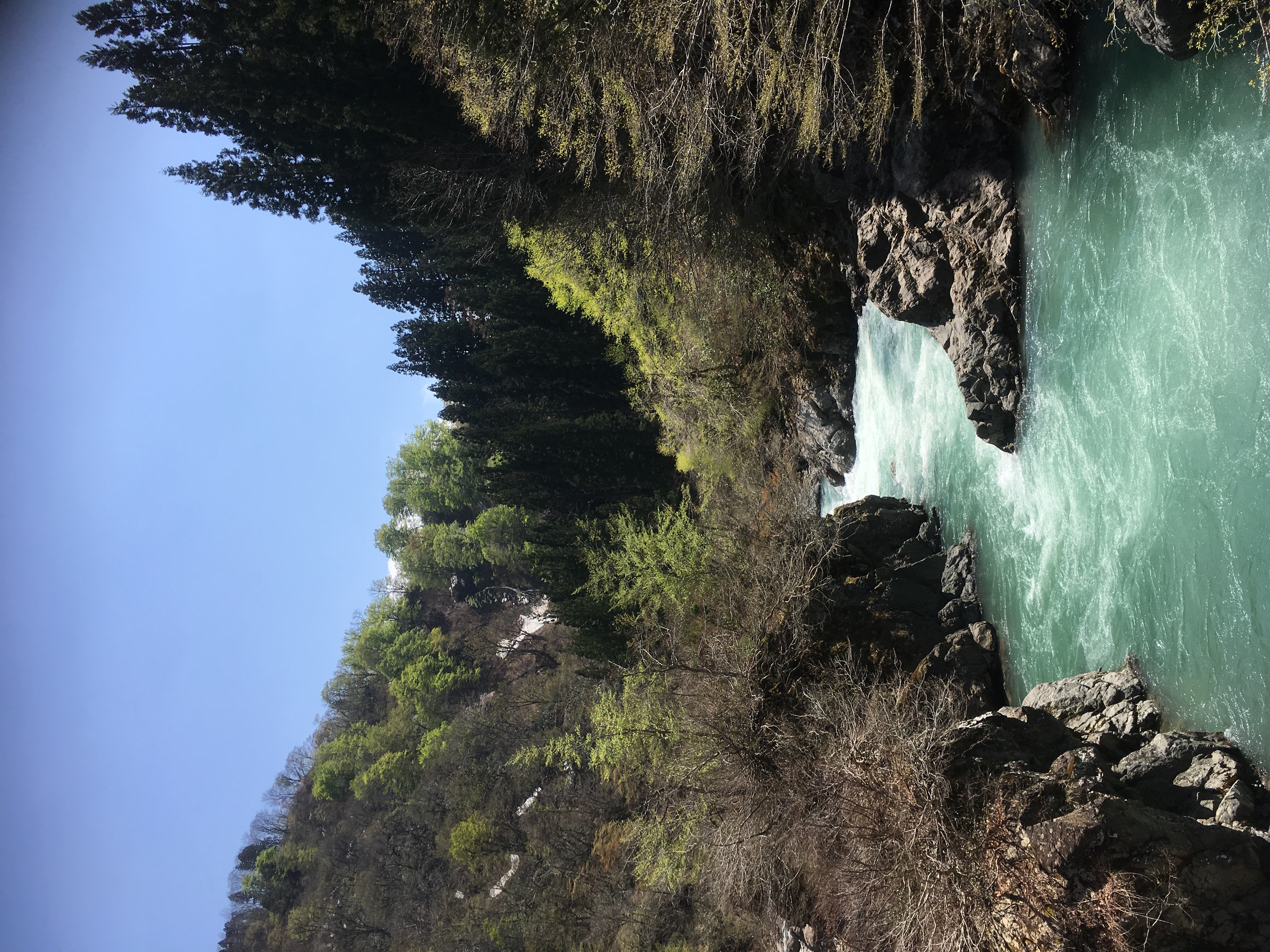
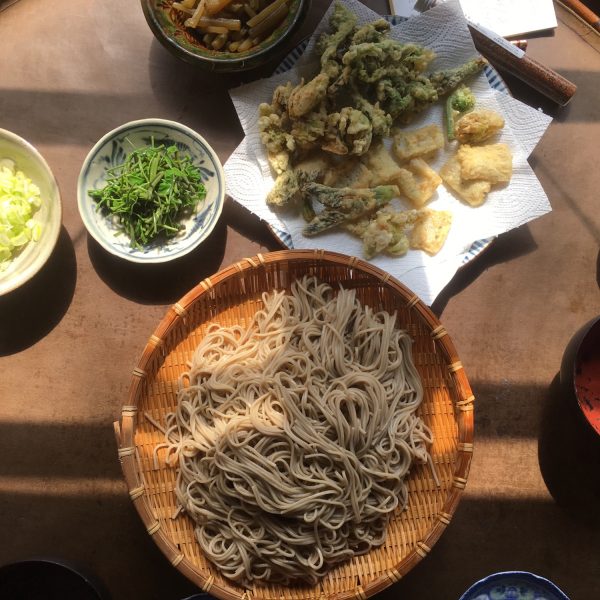
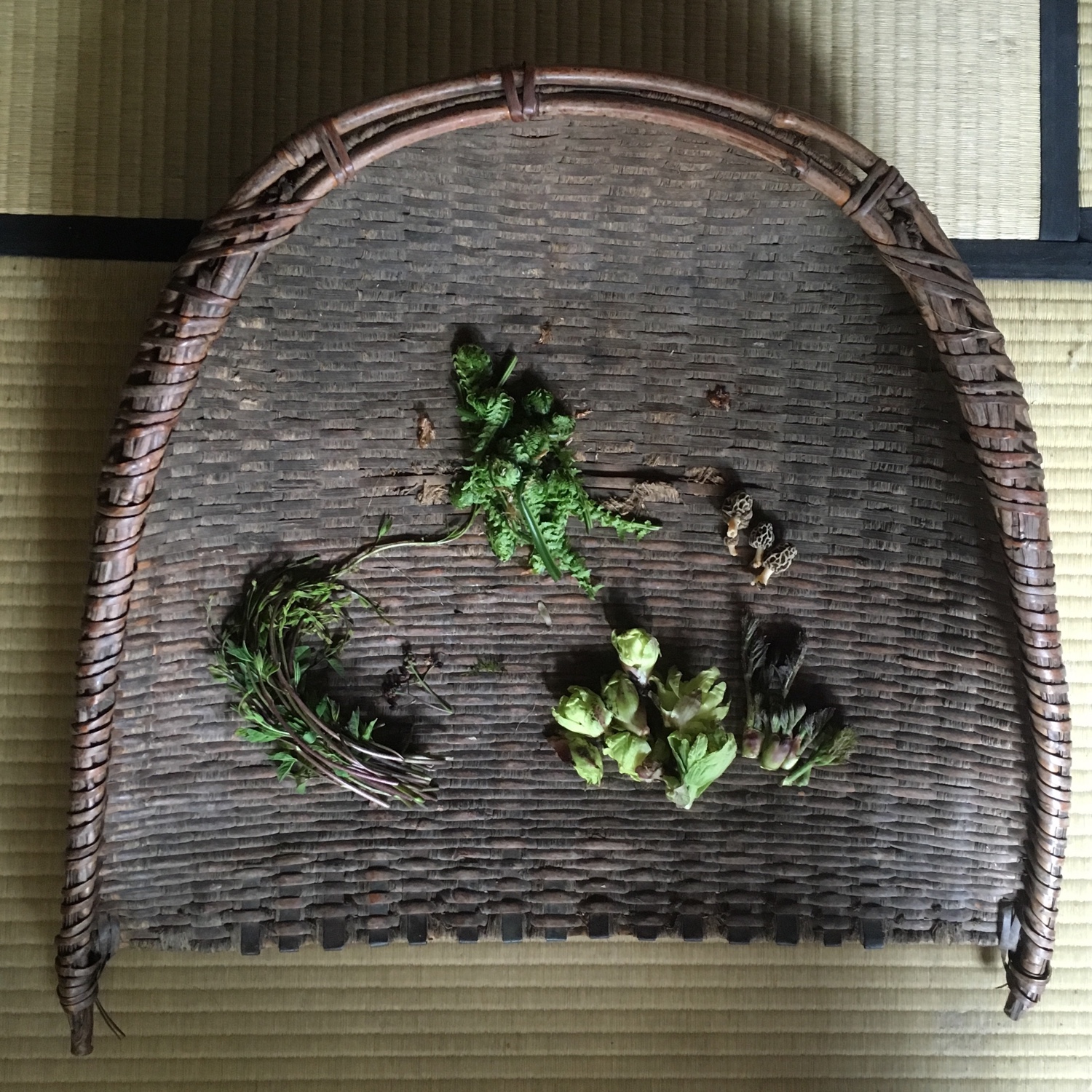
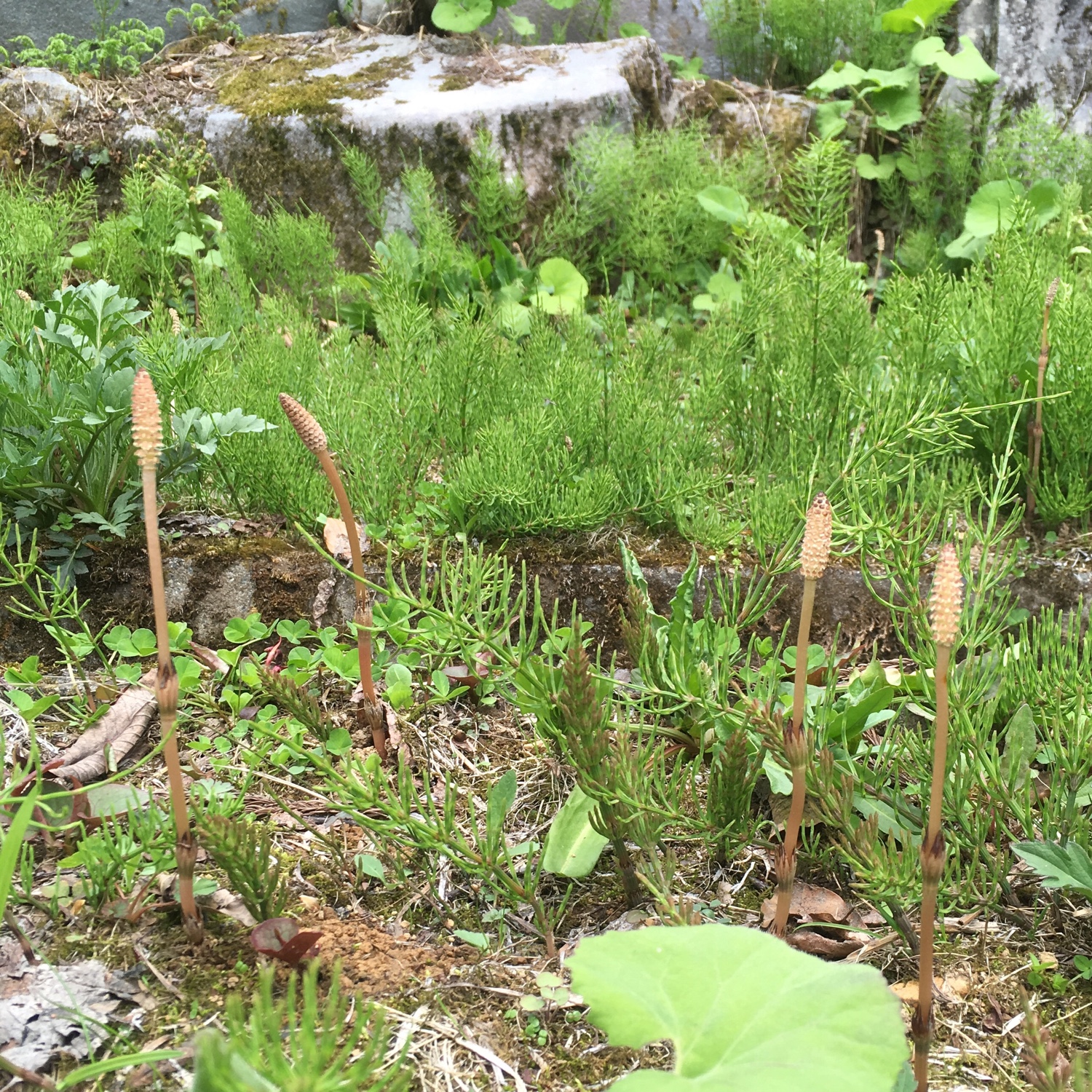 This little white flower can be easily found everywhere. Always take those that have no pollen. For preparation see
This little white flower can be easily found everywhere. Always take those that have no pollen. For preparation see  They are easy to spot, easy to pick and super easy to cook. I find them as easy to prepare than wild asparagus: in omelets, with pasta… they are really the simplest of the sansai and the more accessible in terms of flavor and texture.
They are easy to spot, easy to pick and super easy to cook. I find them as easy to prepare than wild asparagus: in omelets, with pasta… they are really the simplest of the sansai and the more accessible in terms of flavor and texture.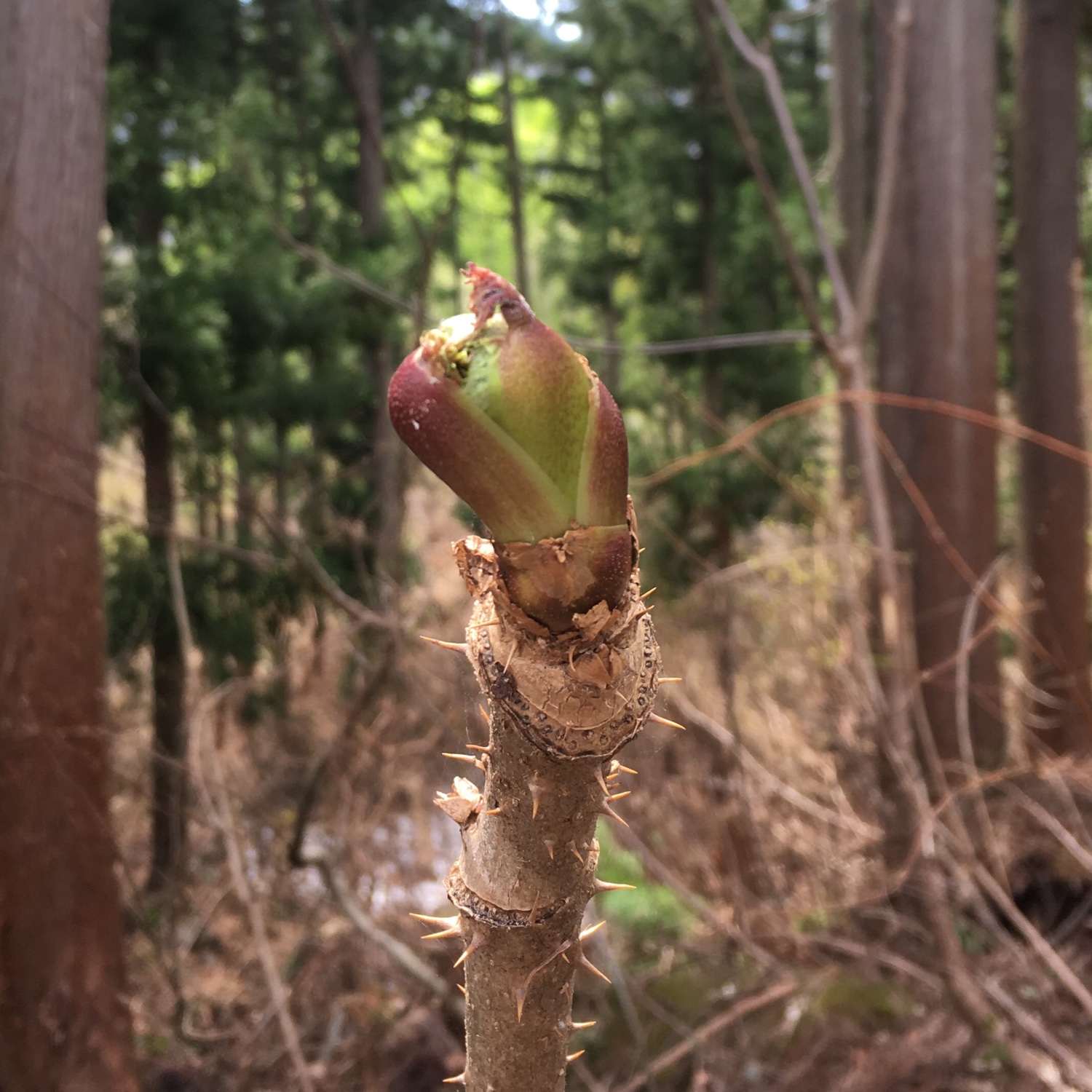 They grow at the head of wood sticks. The one in the picture is a little young and they need to have a few leaves out. These ones are really delicious in tempura and require little handling.
They grow at the head of wood sticks. The one in the picture is a little young and they need to have a few leaves out. These ones are really delicious in tempura and require little handling.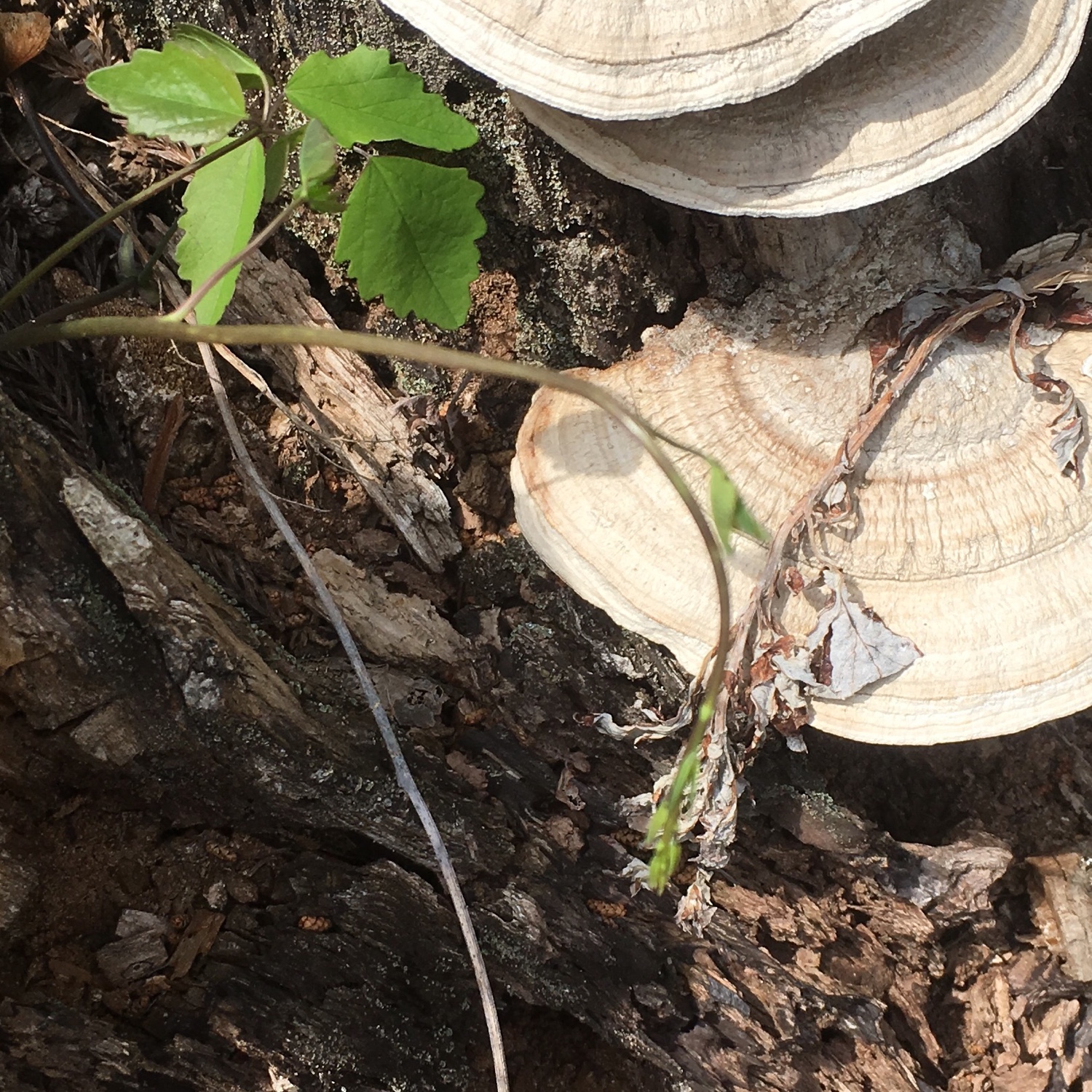 This little green sprout that grows in the midst of other trees sprouting is the hardest to find, but once you’ve spotted a tree, easily recognized by its leaves, it is easy to find the sprouts. Washed and eaten raw, or cook, it is fresh and crunchy.
This little green sprout that grows in the midst of other trees sprouting is the hardest to find, but once you’ve spotted a tree, easily recognized by its leaves, it is easy to find the sprouts. Washed and eaten raw, or cook, it is fresh and crunchy. In the mountain fukinoto grow right after a patch of snow has melted. So spot a patch of snow, and look at the edges. They are best when just sprouting. They can be as big as a ping pong ball. There taste is very strong and specific. Probably the most difficult to accommodate and cook of all. See
In the mountain fukinoto grow right after a patch of snow has melted. So spot a patch of snow, and look at the edges. They are best when just sprouting. They can be as big as a ping pong ball. There taste is very strong and specific. Probably the most difficult to accommodate and cook of all. See 
